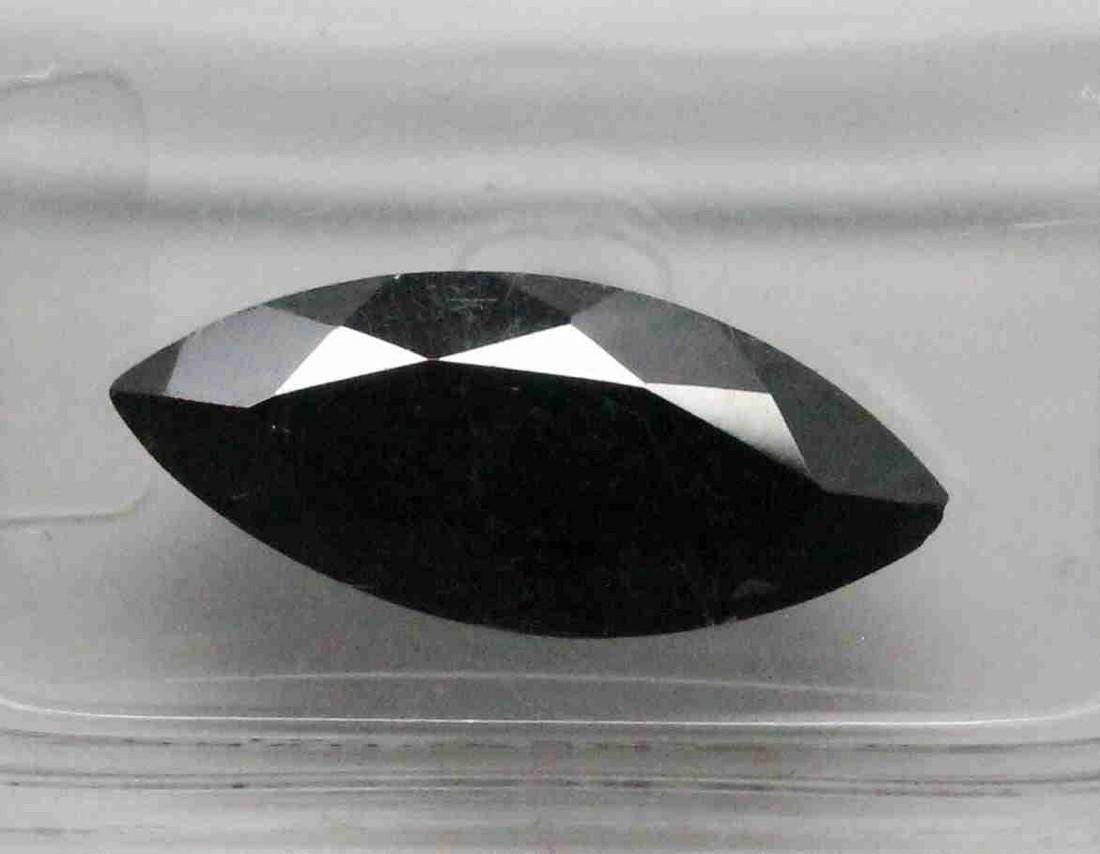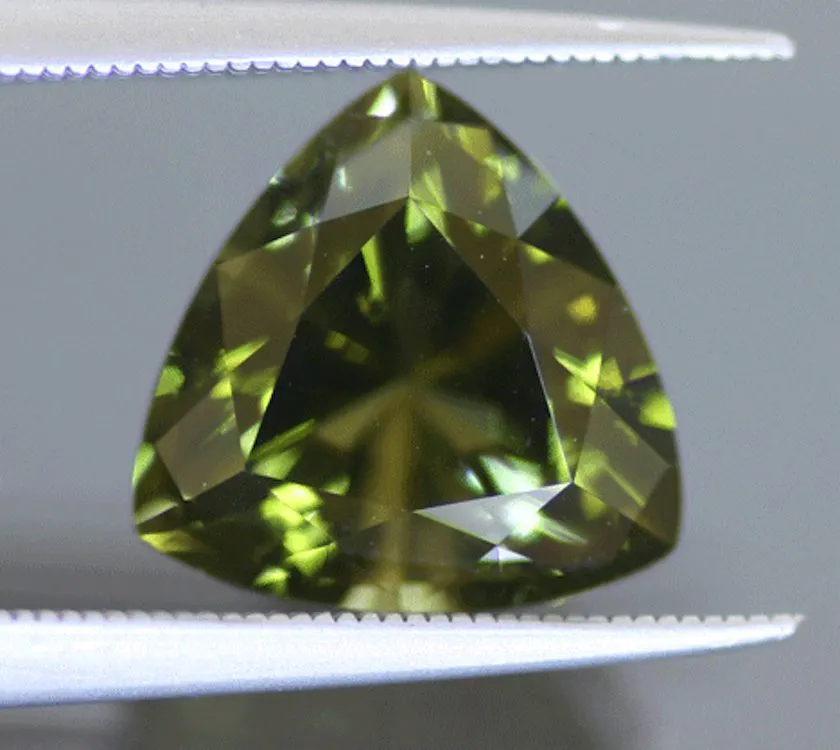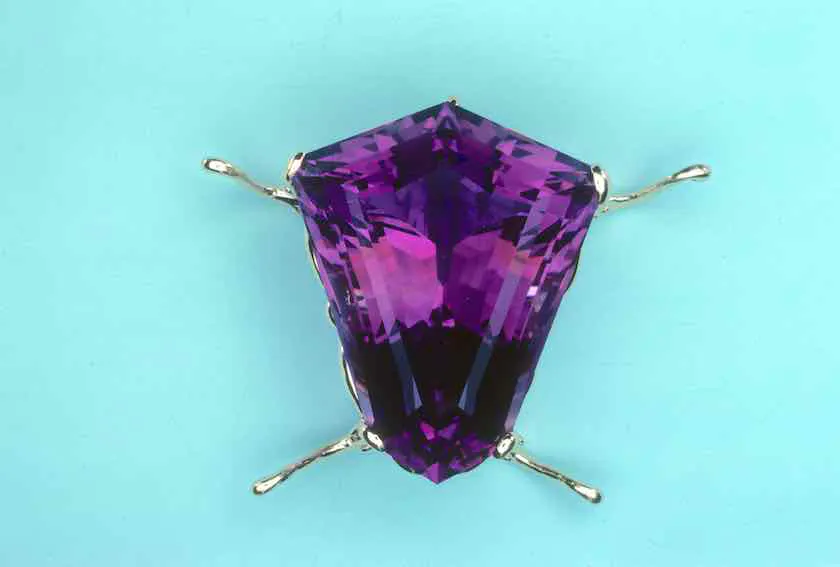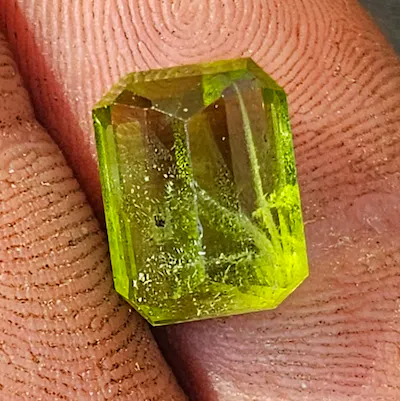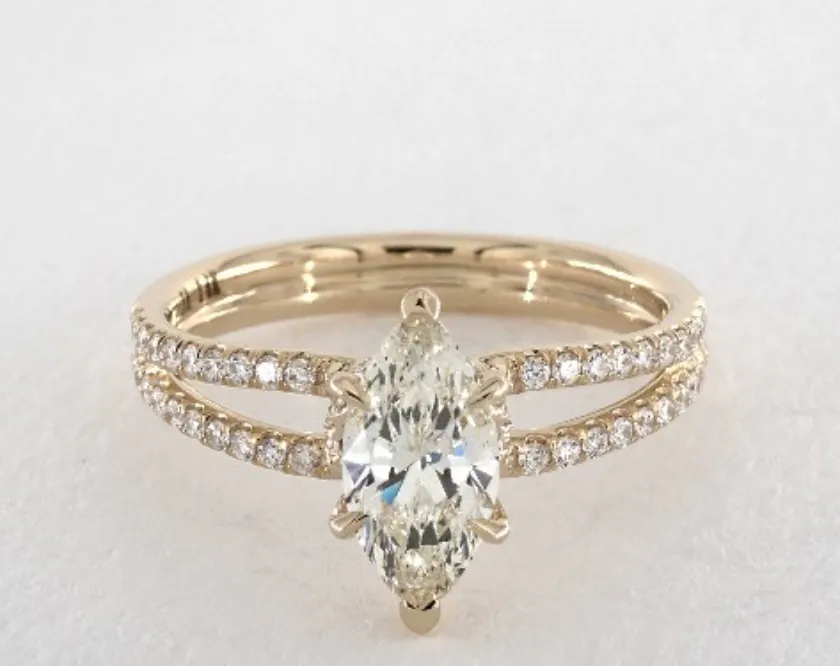News
Hematite: A History of Use as a Pigment
Discover the fascinating history of Hematite as a pigment and its use in jewelry. Hematite, a gemstone known for its distinctive red streak and range of colors, has been used since the Stone Age for decoration and writing. This mineral has also been mined for its iron content and has found its way into various jewelry designs, including cameos, intaglios, carvings, beads, and cabochons. While hematites make beautiful jewelry stones, their brittleness requires protective settings to shield them from damage. Learn more about the characteristics, uses, and care of hematite in this captivating article.
What are the Uses of Hematite?
Hematite has a variety of uses, ranging from pigment to a source of iron. One of the most notable uses of hematite is as a pigment. Red ochre clay, which contains hematite, has been used since the Stone Age for decoration and writing. Hematite is also used as a polishing compound, known as rouge, which is widely used to polish silver and gold. Additionally, hematite is mined as a source of iron, which has various industrial applications.
Hematite as a pigment
Hematite has been used as a pigment since ancient times. Red ochre clay, which contains hematite, was used by early civilizations for cave paintings and rock art. The red color of hematite makes it an ideal pigment, as it is vibrant and long-lasting. In addition to its use in cave paintings, hematite has also been used in pottery, ceramics, and other forms of artistic expression.
Use in decoration and writing
Hematite has a long history of use in decorative objects and writing instruments. Ancient Egyptians used hematite to make kohl pots, miniature pestles, and mortars. The pots and mortars were made from marble, while the pestles were made from hematite. Hematite’s dark red or brownish-red color made it a popular choice for these decorative objects.
Use as a polishing compound
Hematite is widely used as a polishing compound, known as rouge. Rouge is a red powder that is used to polish metals, such as silver and gold, to a high shine. The fine particles of hematite in rouge help to remove scratches and imperfections, leaving a smooth, shiny surface. Rouge is commonly used in jewelry making and metalworking.
Source of iron
Hematite is a significant source of iron, which has various industrial applications. Iron is used in the production of steel, which is used in construction, transportation, and many other industries. Hematite is mined as an iron ore and undergoes a process of extraction to obtain the iron metal. The process involves crushing the hematite ore, separating the iron from the gangue minerals, and further refining the iron to remove impurities.
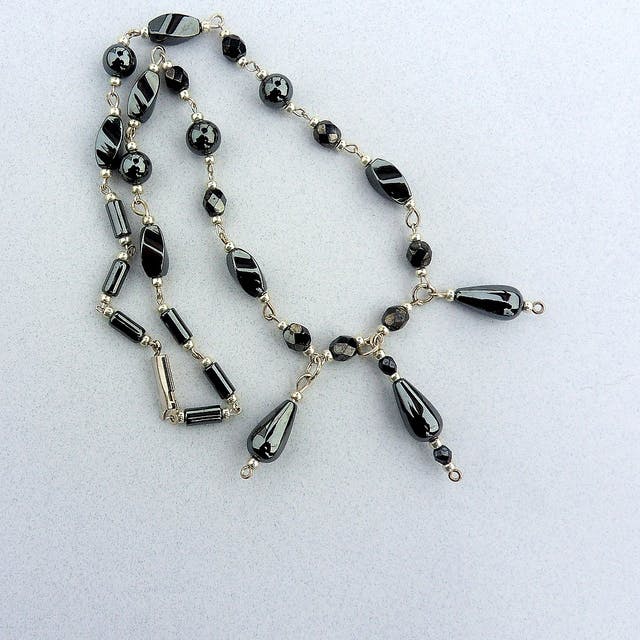
What Color are Hematites?
Hematites occur in a range of colors, although the name hematite is derived from the Greek word for blood, which reflects the common occurrence of red-colored hematites. Some hematites can show vibrant red colors, and the mineral also has a distinctive red streak. However, hematites can occur in various colors, including black, metallic gray, and even brownish red. In thin slivers or crystals, hematites can appear blood-like red, while massive crystals can have a brownish red color. Black and gray hematites are the most commonly found colors.
Red colors and red streak
Hematite’s association with the color red is due to its iron content. When hematite is finely ground or in thin slivers, it can exhibit a vibrant red color. This red color is particularly noticeable in hematite’s streak, which is the color of the mineral when it is powdered. Hematite has a distinctive red streak, which sets it apart from other minerals.
Range of colors
While red is a common color for hematites, they can occur in a wide range of colors. Black and metallic gray hematites are the most commonly found colors. The black color is due to the presence of impurities, such as carbon. Other colors, such as brownish red, can occur depending on the specific mineral composition and impurities present in the hematite.
Most common colors
The most commonly found colors of hematite are black and metallic gray. These colors are often associated with the mineral and are readily available in the gem and mineral market. Black hematites, in particular, are highly sought after for their striking appearance and versatility in jewelry design. Metallic gray hematites are also popular, as they provide a sleek and modern look.
Does Hematite Make Good Jewelry Stone?
Hematite is a popular choice for gemstones and jewelry due to its unique properties and versatility. Gem cutters often use hematite to make cameos, intaglios, carvings, beads, and cabochons. These opaque, sub-metallic gems can be carved into various shapes and designs, making them highly in demand among gem enthusiasts. While hematite is rarely faceted, some gem enthusiasts may choose to have these gems faceted, albeit with flat bases and few facets.
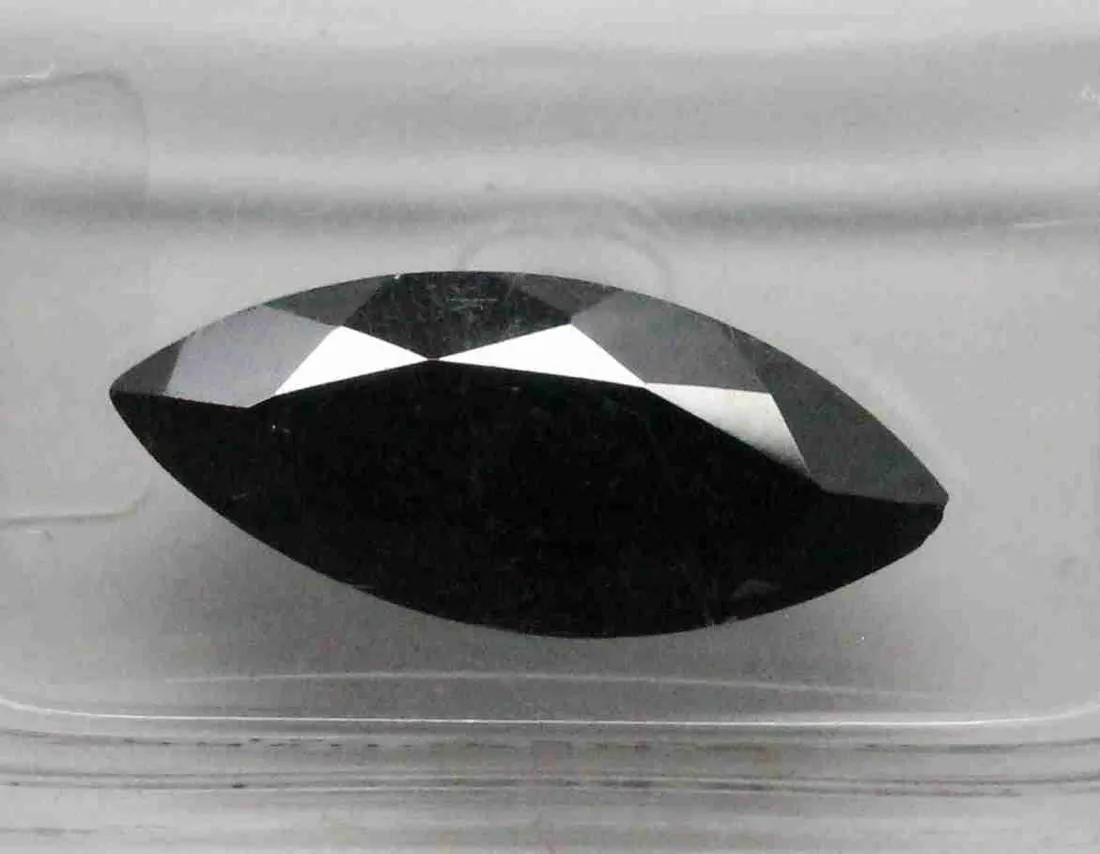
Use in cameos, intaglios, carvings, beads, and cabochons
Hematite’s unique appearance and properties make it an ideal choice for cameos, intaglios, carvings, beads, and cabochons. These types of jewelry often feature intricate designs and detailed carvings, which highlight the beauty of hematite. Hematite’s sub-metallic luster and deep colors create stunning pieces of jewelry that are highly prized by collectors and jewelry enthusiasts.
Occasional faceting for flat bases and few facets
Although hematite is rarely faceted, some gem enthusiasts may choose to have hematite gems faceted. However, faceting hematite requires careful consideration, as it is a tough but brittle gemstone. Gem cutters typically facet hematite with flat bases and only a few facets to enhance its natural beauty. The faceted hematite gemstones are often used in unique jewelry designs and can become cherished pieces in a collection.
Tough but brittle nature
Hematite is known for its toughness, which makes it resistant to scratching and wear. However, hematite is also brittle, which means it is prone to cracking or breaking if subjected to excessive force or pressure. Jewelry pieces made with hematite should be handled with care to avoid any accidental damage. It is also important to choose protective settings for hematite ring stones, as they are more susceptible to bumps and scratches.
Protective settings for rings
When using hematite as a ring stone, it is recommended to choose protective settings to shield the gem from potential damage. Protective settings, such as bezel or halo settings, provide an extra layer of protection by securely holding the gemstone in place and reducing the risk of impacts or scratches. These settings not only help to preserve the hematite gemstone but also enhance its overall appearance.
No special protections for pendants or brooches
Unlike rings, pendants or brooches made with hematite do not require any special protections. Hematite’s toughness and resistance to scratching make it suitable for use in these types of jewelry without the need for additional safeguards. However, it is always advisable to handle hematite jewelry with care to avoid any accidental damage.
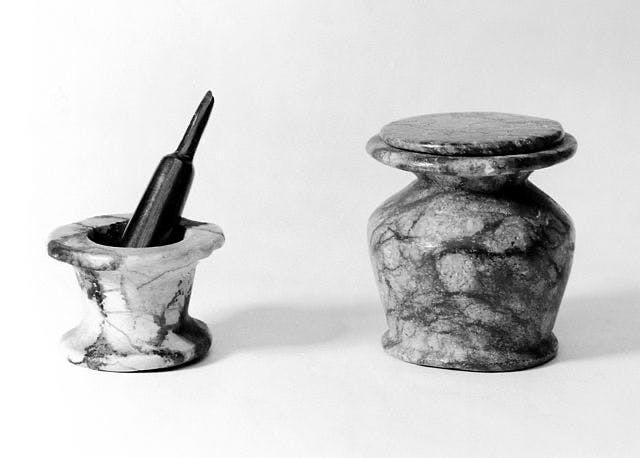
Identifying Characteristics
Hematite has several identifying characteristics that distinguish it from other minerals. One of the key characteristics of hematite is its distinctive red or brownish-red streak. This streak can be observed by rubbing the mineral on a streak plate or unglazed porcelain. Additionally, hematite is often found in a mixture with other minerals, such as martite and gangue minerals. Hematite also exhibits weak electrical conductivity, unlike similar minerals like psilomelane.
Red or brownish red streak
One of the most noticeable identifying characteristics of hematite is its red or brownish-red streak. When hematite is rubbed on a streak plate or unglazed porcelain, it leaves behind a distinctive red or brownish-red mark. This streak is an important diagnostic tool for identifying hematite and differentiating it from other minerals.
Mixture of hematite, martite, and gangue minerals
Hematite is often found in a mixture with other minerals, such as martite and gangue minerals. Martite is a pseudomorph of hematite, meaning it has the same chemical composition but a different crystal structure. The presence of martite and other gangue minerals can affect the appearance and properties of hematite, giving it a unique character.
Weak electrical conductivity
Hematite exhibits weak electrical conductivity, which is another identifying characteristic. This property sets hematite apart from similar minerals like psilomelane, which has stronger electrical conductivity. The weak electrical conductivity of hematite can be observed through conductivity tests and helps in distinguishing it from other minerals with similar appearances.
Comparison to psilomelane
Psilomelane is a manganese oxide mineral that closely resembles hematite in appearance. Both minerals are black and have a metallic luster. However, there are key differences between them. Psilomelane exhibits strong electrical conductivity, unlike hematite, which has weak electrical conductivity. Additionally, psilomelane has a duller luster compared to hematite. These distinguishing characteristics can help in identifying and differentiating between hematite and psilomelane.
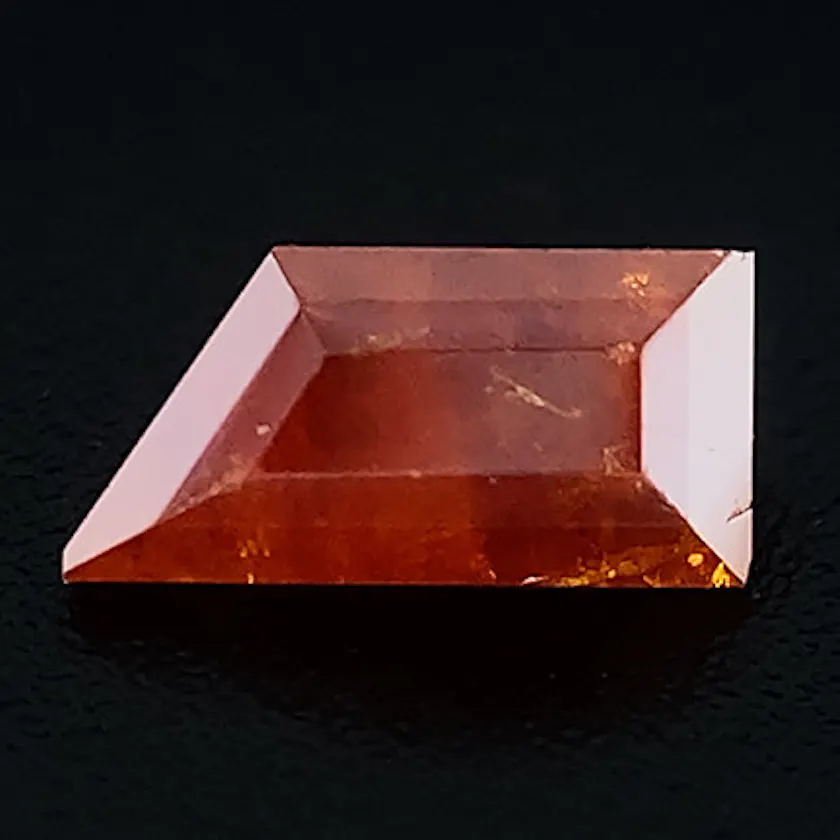
Is Hematite Magnetic?
Natural hematites are not magnetic, contrary to popular belief. Although hematite is composed of iron, it does not exhibit magnetic properties in its natural form. However, there are magnetic materials sold as “hematine” or “magnetic hematite” that simulate the appearance of hematite. These materials contain no hematite at all but can be attracted to magnets. The magnetism of these materials distinguishes them from natural hematites.
Natural hematites are not magnetic
Contrary to popular belief, natural hematite is not magnetic. Despite its iron content, hematite does not exhibit any magnetic properties in its pure, natural form. This characteristic sets hematite apart from other iron-containing minerals, such as magnetite. It is important to note that the lack of magnetism in natural hematite does not diminish its value or quality as a gemstone.
Magnetic hematines simulate hematites
Magnetic hematine is a material that simulates the appearance of hematite but has magnetic properties. These hematine materials contain no actual hematite but are designed to attract magnets. The purpose of creating magnetic hematines is to mimic the look of hematite while providing a magnetic effect. Magnetic hematines are often used in jewelry and other decorative pieces.
Magnetism exposes hematines
The presence of magnetism in a mineral or gemstone is a clear indication that it is not natural hematite but rather a magnetic hematine. If a material that appears to be hematite exhibits magnetic properties, it can be concluded that it is not genuine hematite. While magnetic hematines can have similar visual characteristics to hematite, their magnetism exposes their true nature.
Where are Hematites Found?
Hematites have a widespread occurrence, with deposits found in various countries around the world. Most European countries have hematite deposits, with significant cutting and processing taking place in Idar-Oberstein, Germany. England is also a notable source of hematite, particularly in the Cumberland area. Other countries known for hematite deposits include Brazil, Canada, Cuba, Elba (Italy), Mexico, and the United States.
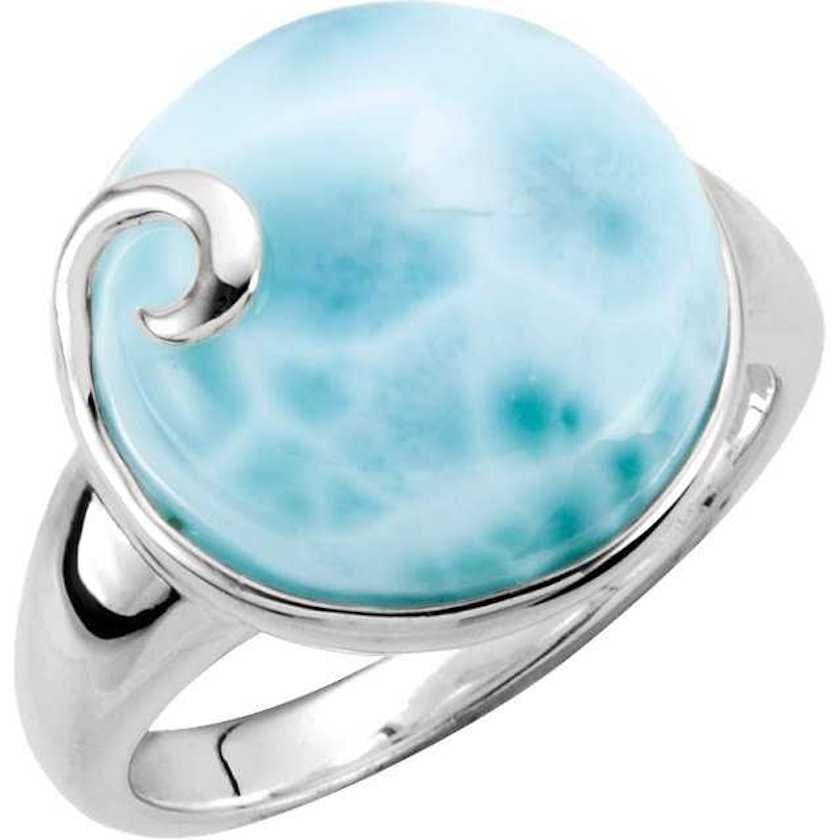
Occurrence in most European countries
Hematite deposits can be found in most European countries, making it a widely available mineral in the region. European countries such as Germany, England, Italy, and France have significant hematite deposits and have a long history of mining and processing hematite. Hematite from Europe is highly regarded for its quality and is sought after by collectors and jewelry designers.
Cutting in Idar-Oberstein, Germany
Idar-Oberstein, a city in Germany, is known for its cutting and processing of hematite and other gemstones. The city has a rich history in the gem and mineral industry and is renowned for its craftsmanship and expertise in cutting and faceting gemstones. Many hematites from Europe are processed and cut in Idar-Oberstein, ensuring high-quality finished products.
Sources in England, Brazil, United States, Canada, Cuba, Elba, Italy, and Mexico
In addition to Europe, hematite deposits can be found in various other countries around the world. England is known for its hematite deposits in the Cumberland area, producing high-quality hematite specimens. Brazil, Canada, Cuba, Elba (Italy), Mexico, and the United States are other notable sources of hematite. These countries have rich mineral resources and produce hematites of various colors and qualities.
Stone Sizes
Hematite is available in massive material that can be cut into beads, cabochons, and other forms in any desired size. The availability of large, solid pieces of hematite allows gem cutters and jewelry designers to create pieces of any size and shape. There are no limitations on the size of hematite gemstones, making them versatile for a wide range of jewelry designs.
Availability of massive material for cutting beads, cabochons, etc.
The availability of massive hematite material makes it suitable for cutting into beads, cabochons, and other forms. Gem cutters and jewelry designers can obtain large, solid pieces of hematite and shape them into various sizes and shapes. This abundance of material ensures a steady supply of hematite gemstones for the market and allows for creative and unique jewelry designs.
No limitation on size
Hematite gemstones have no limitations on size. Due to the availability of massive material, gem cutters can create hematite gemstones of any size desired. Whether it is a delicate bead or a large cabochon, hematite can be shaped to meet the specific requirements of the jewelry design. This flexibility in size makes hematite a versatile gemstone for jewelry making.
Caring for Hematites
Proper care and maintenance are essential to ensure the longevity and appearance of hematite jewelry. While hematite is a relatively durable gemstone, it is important to avoid using mechanical cleaning systems, such as steam or ultrasonic processes, as they can damage the gem. Instead, a soft brush, mild detergent, and warm water can be used to clean hematite jewelry. It is also advisable to refer to a gemstone care guide for specific recommendations on cleaning and maintaining hematite jewelry.
Avoiding mechanical cleaning systems
Mechanical cleaning systems, such as steam or ultrasonic processes, should be avoided when cleaning hematite jewelry. These processes can subject the gem to excessive force or pressure, causing damage or breakage. Hematite is a relatively durable gemstone, but it is still susceptible to damage if not handled with care. Gentle cleaning methods are recommended to preserve the integrity and appearance of hematite jewelry.
Using soft brush, mild detergent, and warm water
The recommended cleaning method for hematite jewelry involves using a soft brush, mild detergent, and warm water. A soft brush should be used to gently scrub the surface of the hematite, while a mild detergent can be added to the water to aid in removing dirt and grime. The jewelry should then be rinsed with warm water and dried thoroughly to prevent any water spots or residue from forming.
Referring to gemstone care guide
In addition to the general cleaning recommendations, it is advisable to refer to a gemstone care guide for specific instructions on cleaning and maintaining hematite jewelry. Different gemstones have unique properties and may require specific care and maintenance routines. By referring to a gemstone care guide, you can ensure that you are taking the necessary steps to properly care for and preserve your hematite jewelry.
Hematite Properties
Hematite has a variety of physical and optical properties that contribute to its unique identity as a gemstone. Here are some key properties of hematite:
Birefringence
Hematite exhibits birefringence, which refers to the ability of a mineral to split light into two different polarized beams. This property is due to the crystal structure of hematite and can be observed under a polarizing microscope. Hematite’s birefringence enhances its visual appeal and gives it a distinct appearance.
Cleavage
Hematite does not exhibit cleavage, which refers to the tendency of a mineral to break along flat, smooth planes. Instead, hematite displays a fracture, which is the way in which the mineral breaks irregularly. The absence of cleavage planes makes hematite a tough and durable gemstone.
Colors
Hematite occurs in a range of colors, including metallic gray, black, and blood-like red in thin slivers or crystals. The color of hematite is determined by its mineral composition and impurities present. Hematite’s rich colors make it a popular choice for gemstones and jewelry.
Crystallography
Hematite has a hexagonal crystal structure, also known as trigonal. This crystal structure gives hematite its unique shape and symmetry. Hematite crystals can occur in a wide variety of forms and often exhibit a lustrous or tarnished appearance.
Etymology
The name hematite is derived from the Greek word for blood, due to its red streak and blood-like appearance. The name reflects the common occurrence of red-colored hematites and their historical association with blood.
Formula
The chemical formula for hematite is Fe2O3, indicating its composition of iron (Fe) and oxygen (O). This formula reflects hematite’s status as an iron oxide mineral.
Fracture
Hematite exhibits a fracture, which refers to the way in which the mineral breaks irregularly. The fracture can vary from even to subconchoidal, depending on the specific structure and conditions of the hematite specimen.
Hardness
Hematite has a hardness between 5 and 6.5 on the Mohs scale, which measures a mineral’s resistance to scratching. This hardness range indicates that hematite is relatively durable and resistant to everyday wear and tear.
Luster
Hematite exhibits a metallic to sub-metallic luster, giving it a shiny and reflective appearance. Hematite’s luster enhances its visual appeal and contributes to its overall beauty as a gemstone.
Occurrence
Hematite is a major ore of iron and occurs in various geological settings. It is commonly found in sedimentary deposits in thick beds, as well as in igneous rocks, metamorphic rocks, and lavas deposited from vapor. Hematite has a widespread occurrence across the globe, with notable deposits found in Europe, Brazil, Canada, Cuba, Italy, Mexico, and the United States.
Optic Sign
Hematite is uniaxial optic, meaning it has a single optic axis. The optic sign of hematite is negative, indicating that light is refracted in a specific direction when passing through the mineral.
Refractive Index
Hematite has a refractive index range of 2.94-3.22. The refractive index measures how light is bent as it passes through the mineral. The refractive index range of hematite reflects its unique optical properties and contributes to its visual appearance.
Specific Gravity
Hematite has a specific gravity range of 4.95-5.26. Specific gravity refers to the density of a mineral relative to the density of water. The specific gravity range of hematite reflects its high density and gives it a substantial feel.
Transparency
Hematite is an opaque gemstone, which means it does not transmit light. Its opaque nature is due to its composition and crystal structure, which prevent light from passing through the mineral.
Variety of Best Known Gemstones
Hematite is widely used as a gemstone and is valued for its unique appearance and properties. Some of the best-known gemstones made from hematite include cameos, intaglios, carvings, beads, and cabochons. These gemstones showcase the rich colors and luster of hematite and are highly sought after by gem collectors and jewelry enthusiasts.
Related Articles
To further expand your knowledge of gemstones, here are some related articles that you may find interesting:
Pink Diamond Value, Price, and Jewelry Information
Pink diamonds are among the rarest and most valuable gemstones in the world. This article provides valuable insights into the value, price, and jewelry information about pink diamonds. Learn about their unique characteristics, market trends, and more.
Humite Value, Price, and Jewelry Information
Humite gemstones, such as clinohumite and chondrodite, are prized for their rich colors and rarity. This article explores the value, price, and jewelry information about humites. Discover their unique properties, locations, and market trends.
Pectolite (Larimar) Value, Price, and Jewelry Information
Pectolite, also known as Larimar, is a stunning gemstone with a distinctive blue color. This article sheds light on the value, price, and jewelry information about pectolite. Learn about its formation, interesting facts, and how to evaluate its quality.
Saltwater Pearls Value, Price, and Jewelry Information
Saltwater pearls are exquisite gems that have been treasured for centuries. This article delves into the value, price, and jewelry information about saltwater pearls. Explore the world of pearls, their types, grading, and market trends.
By expanding your knowledge through these related articles, you can deepen your understanding of gemstones and make informed decisions when it comes to buying, selling, or appreciating their beauty.

